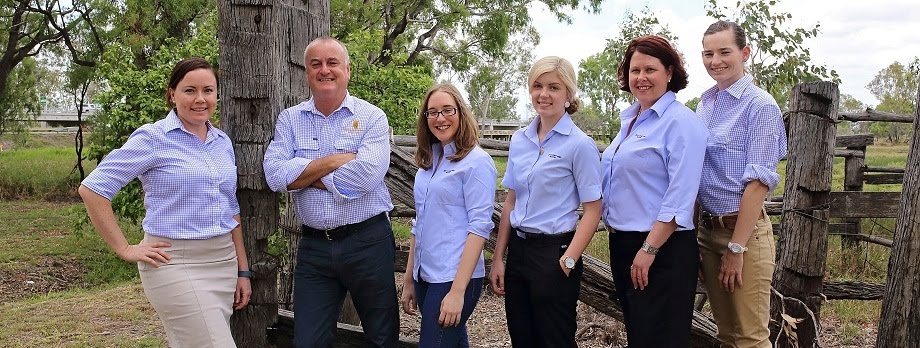But what happens when a dam needs to be built right where a village of 170,000 people are living?
Due to China’s socialist era, there are some issues with the ownership of land. Requisitions or Resumptions of land laws can differ depending on whether it is urban or farming land.
In China land can be Requisitioned if it is in the “interest of the public”. But what does this mean? A dam might be for the public, but what about a large real estate development for a private developer that will provide lots of jobs. If the development or infrastructure is not for a public purpose, can a farmer or landowner stand their ground and refuse to move?
'Nail houses' is the term given to those landowners who refuse to move. The consequences of this decision can be quite striking.
Local effects
We can give an example of this situation in Central Queensland. The ADF announced that they wished to acquire multiple grazing properties in Marlborough and near Charters Towers late last year.The purpose for the resumption is to accommodate increased training activities with the Singaporean armed forces. After much media attention and a commendable amount of media pressure the ADF announced that they would no longer acquire properties by “force”. They will acquire properties on a voluntary basis only from willing landowners.
But what happens to those that stand their ground and refuse to sell their land? What if those who stand their ground are surrounded by land that is acquired? What is the value to their land, their access routes and their use?
How will the ADF handle these?






